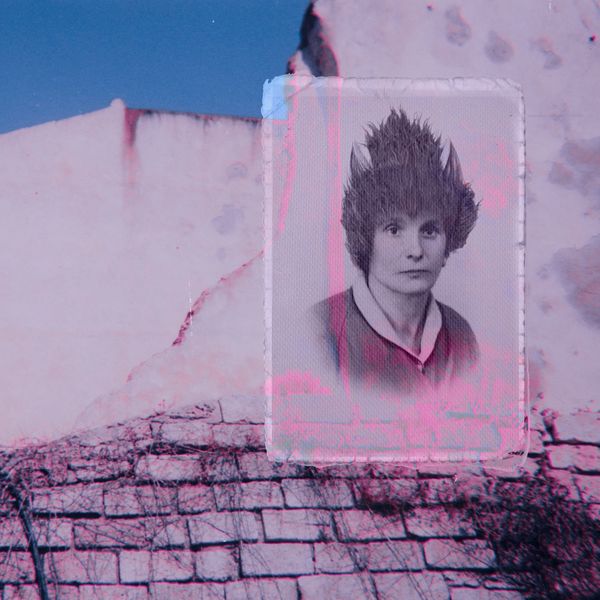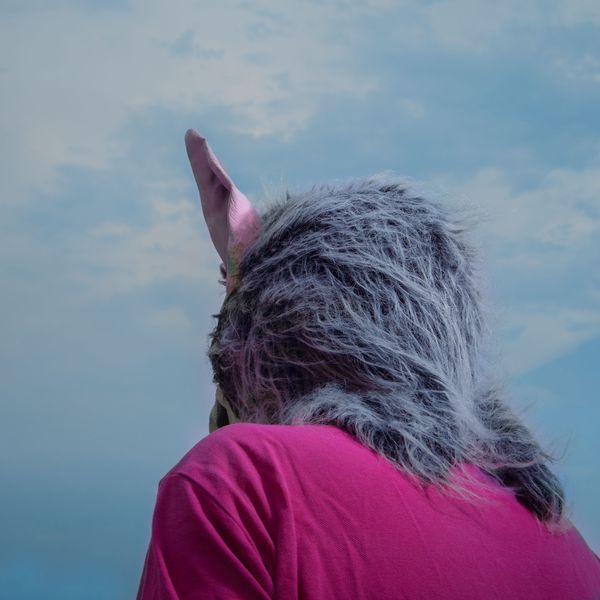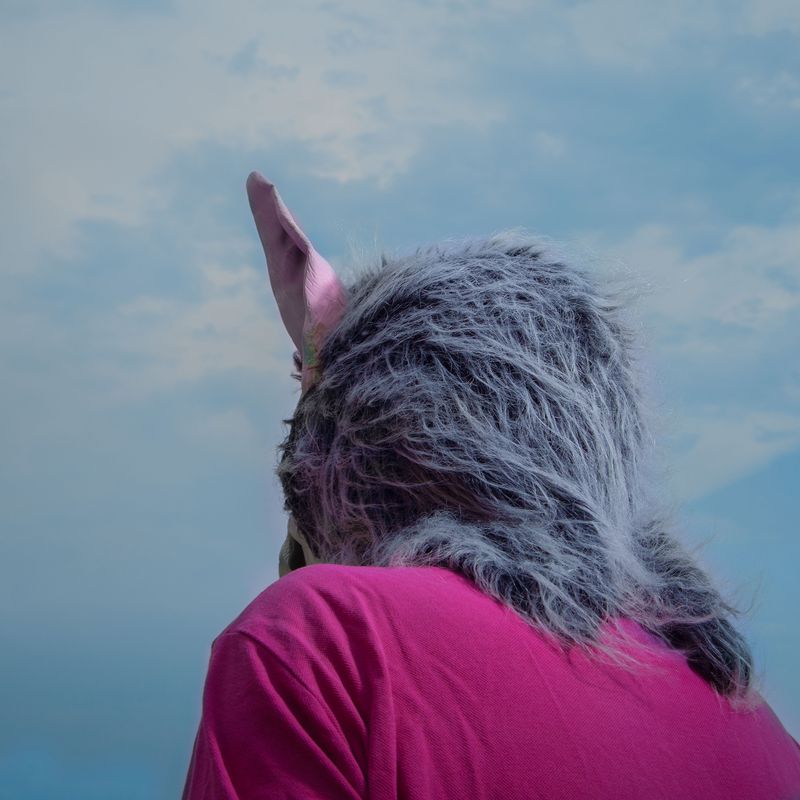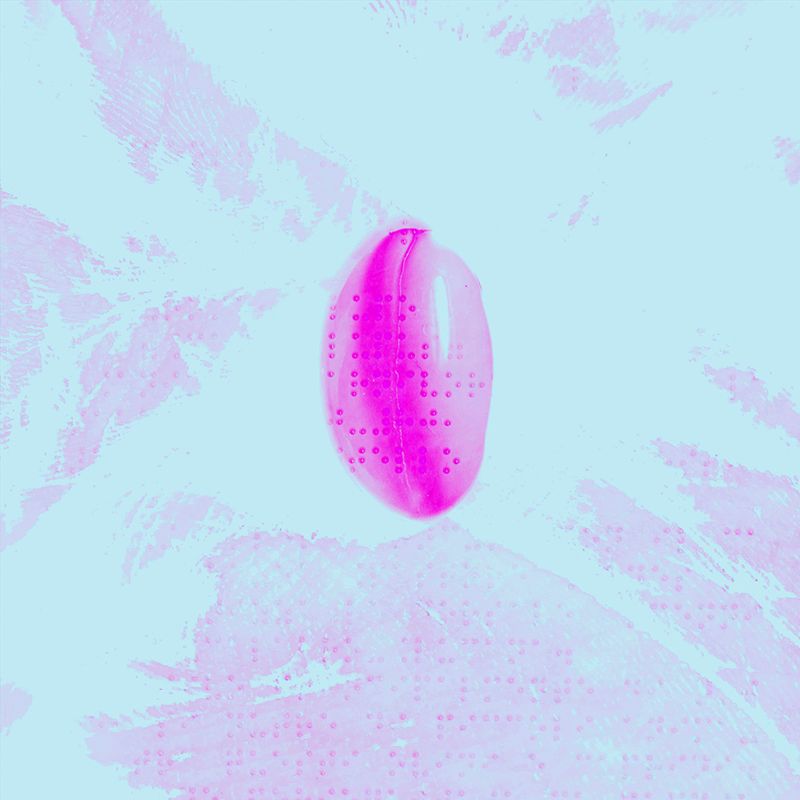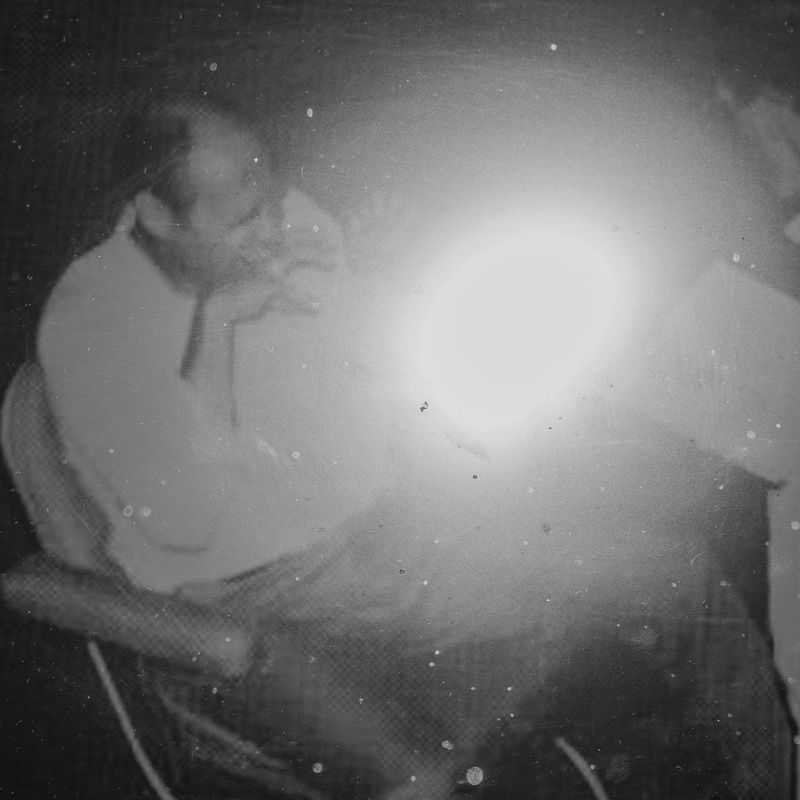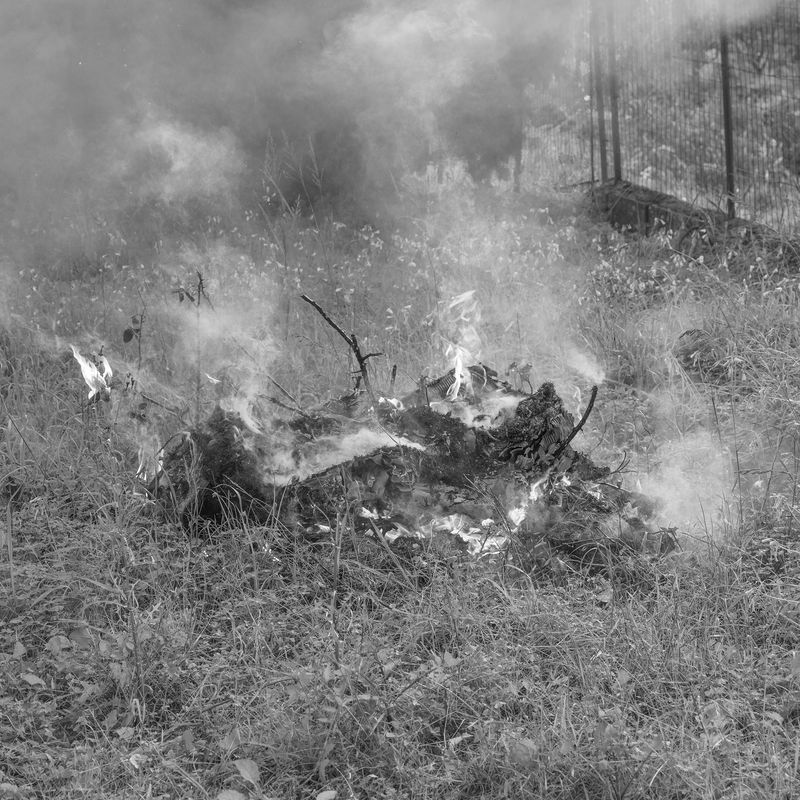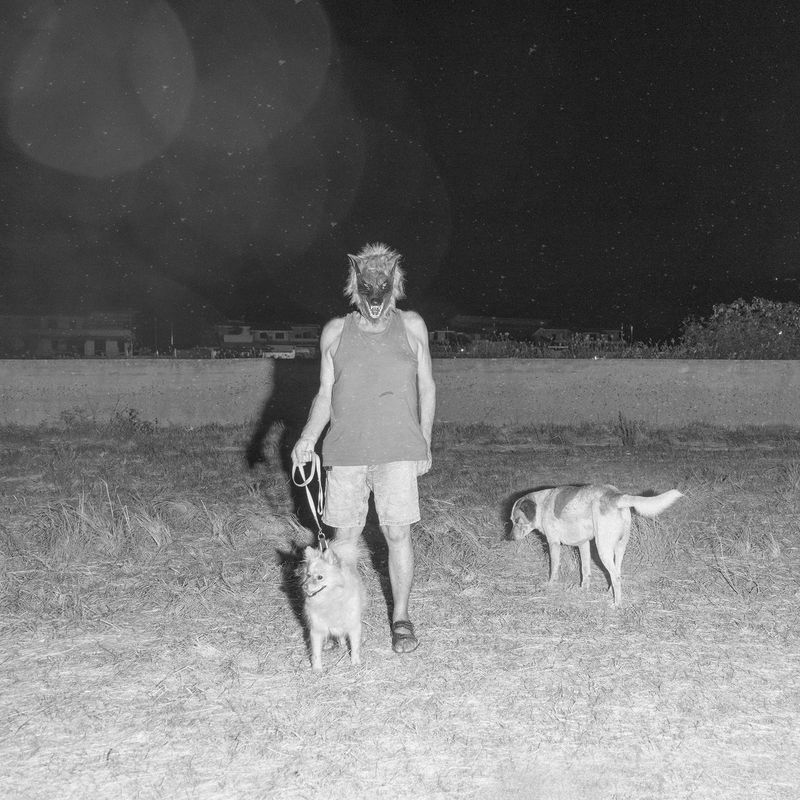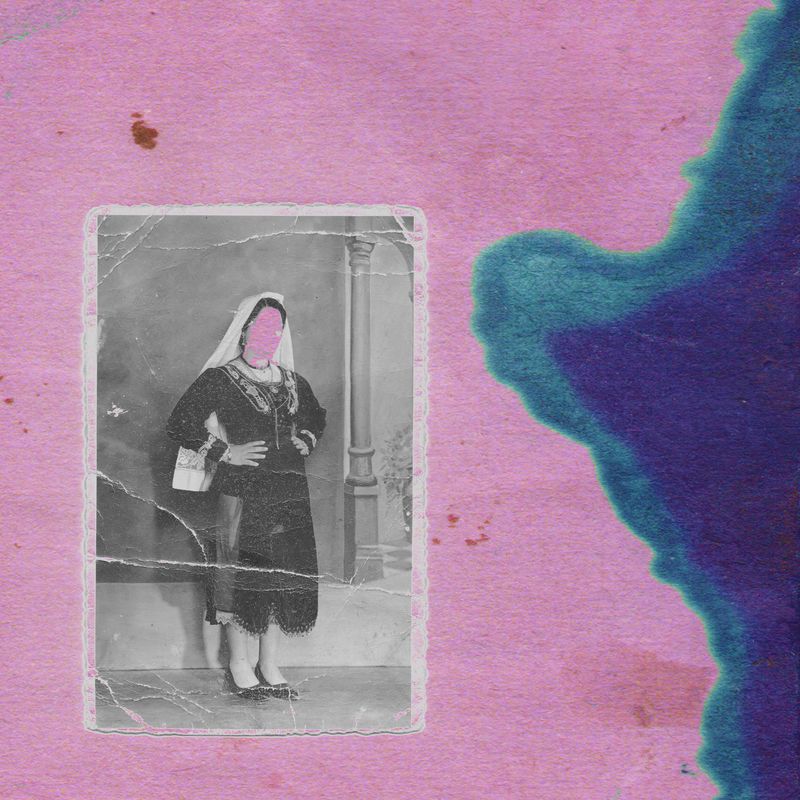Lupus Hominarius
-
Dates2022 - Ongoing
-
Author
- Topics Contemporary Issues, Fine Art, Archive
- Locations Borgia, Satriano, San Giovanni in Fiore, Nicastro-Sambiase, Taurianova, Umbriatico, Italy
Lupus Hominarius refers to the legends and folk tales of Calabria (Italy), dwelling on the figure of the Werewolf.
Lupus Hominarius refers to the legends and folk tales of Calabria (Italy), dwelling on the figure of the Werewolf. The image of the wolf has always been that of a fierce and aggressive beast. Being in fact more skilled and stronger than man, the animal held a totemic role and in shamanic rituals was imitated to propitiate the spirit. According to Calabrian folklore, on the other hand, one could become a Werewolf as a result of curses, through infections, bites, or pacts with the devil. Very often pagan rites were practiced, especially during the Christmas season, on newborn babies to prevent the appearance of signs related to illness. Each village had its own Wolf, which had peculiarities that made it unique.
The legend shared by many towns in Calabria is the one related to the "first wedding night," in which the bride dies at the hands of her werewolf husband while the two were consummating the marriage. Very often, in fact, such tales were created to prevent women from going out alone in the village, especially at night.
In addition, many took advantage of the tales by instilling terror by wearing wolf masks, preventing people from leaving their homes, and freely robbing the village cellars. Lupus Hominarius offers a contemporary reading of the myths related to the Werewolves, recreating partial and ambiguous scenarios Such figures are in fact the product of matter and history, they are ways of telling the story of the land similar to that employed by archaeologists. The phenomenon relates to the present, highlighting the contradictions that continue to characterize southern Italy.
